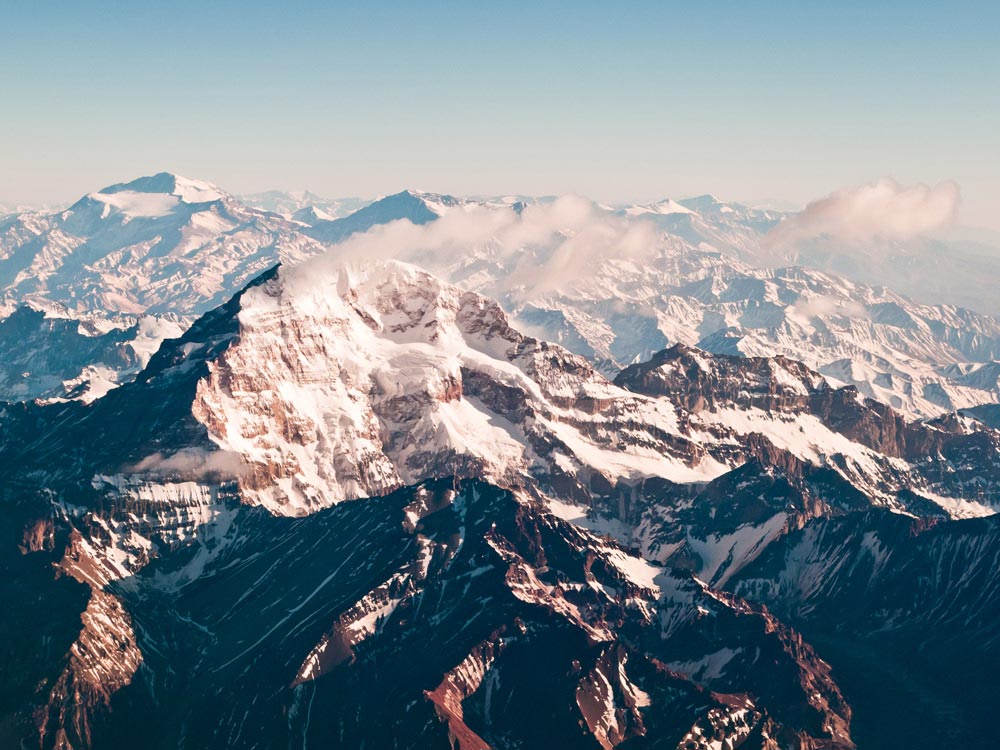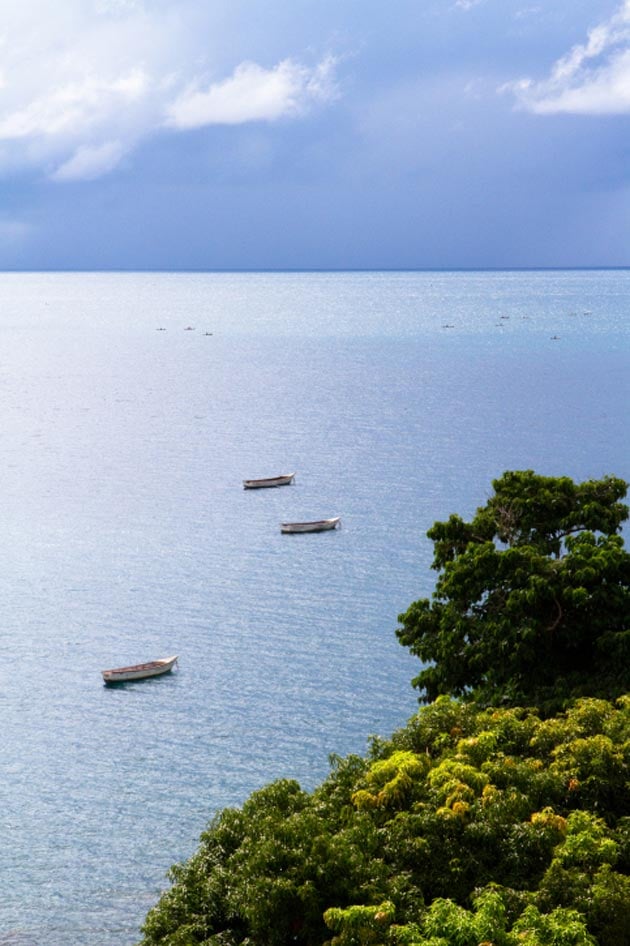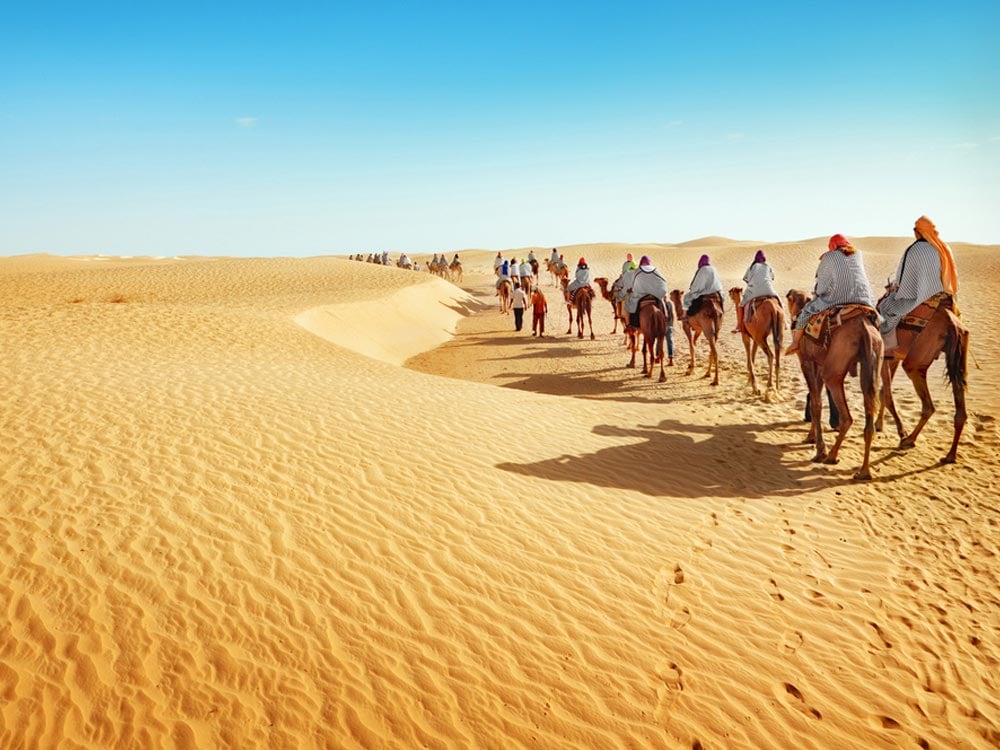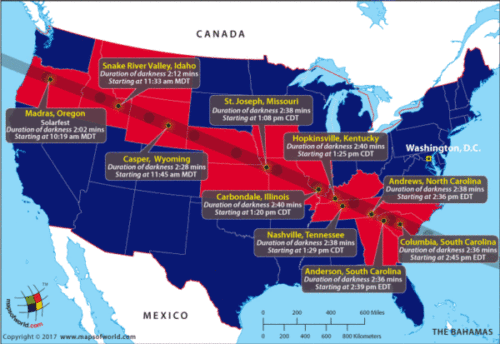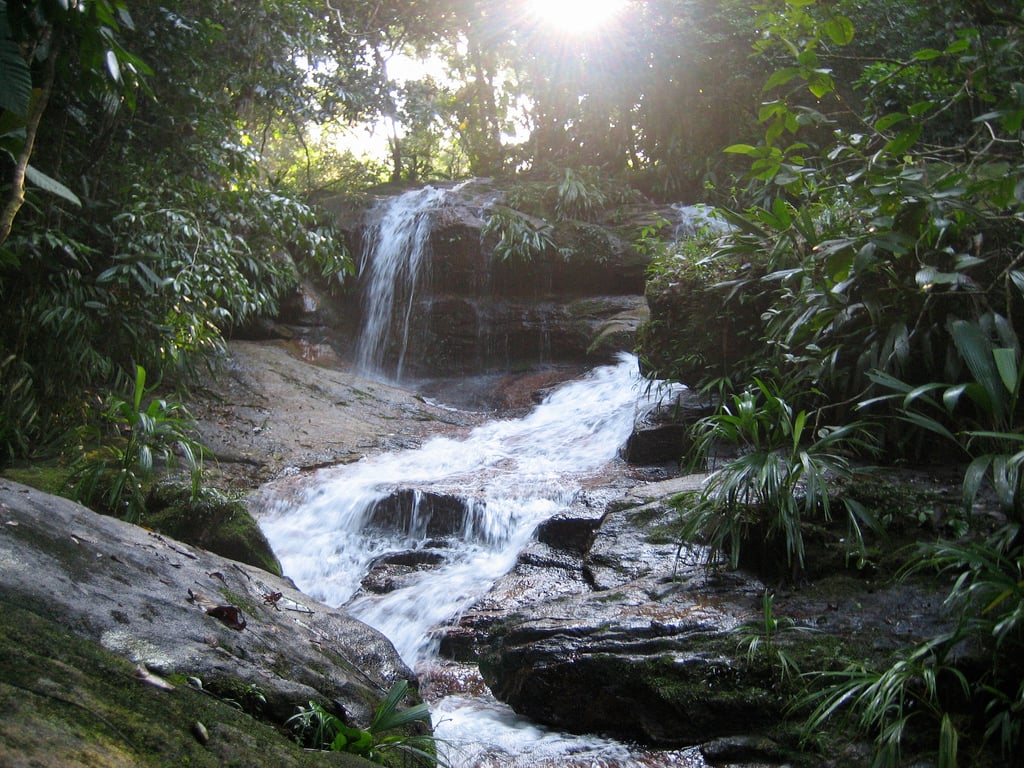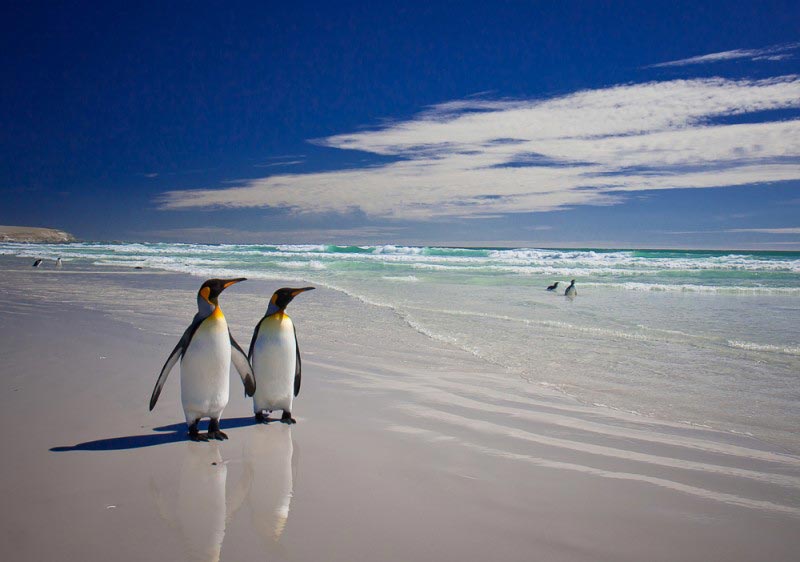Lake Tanganyika, in eastern Africa, holds many records. At 410 miles, it is the longest freshwater lake in the world; with a depth of 4710 feet, it is the second deepest lake of the world; it is also the second largest lake of eastern Africa. The lake flows through four countries – Congo, Burundi, Zambia and Tanzania. The lake flows into the Congo river system. The shores of the lake are steep.
Lake Tanganyika is famous for being home to almost three hundred and fifty species of endemic fish. Strong winds blowing from the mountains cause the lake water to circulate. The plankton in the lake, unable to move against the current, serve as source of food for the abundance of fish found in the lake.
Lake Tanganyika Activities
Not only does the long and narrow water body offer a variety of activities like diving, snorkeling and swimming, the fertile lands in the Lake Tanganyika Zone, are home to national parks; they provide a visitor with close personal encounters with nature.
Given its location, the lake is ideal for altitude diving.
The lake is famous for cichlids. Almost 98% of the two hundred and fifty species of the cichlids of the world, live here. Naturally, these beautiful, colorful aquarium fish, make the lake a diver’s haven.
Places to Visit Nearby
Mahale Mountains National Park: The Mahale Mountain Park offers chimp-tracking as its main attraction. On the shores of the lake, the park also offers opportunities to scale its highest peak, ‘Nkungwe’, enjoy water-sports and camping in the wonderful green landscape that offers sights of forest birds, red-tailed monkeys and blue monkeys, and entrancing sunset views.
Gombe Stream National Park: On the northern shores of the lake, the Gombe Stream National Park, like the Mahale Mountains National Park, is a rainforest reserve and home to chimpanzees. It is the smallest national park in Tanzania, and has been made famous by the path-breaking research work of Jane Goodall. The park has two hundred bird species to showcase to visitors, and an after-dusk spectacle of hundreds of lanterns on wooded boats.
Katavi National Park: The Katavi National Park has still retained its pristine wilderness. The third largest national park in Tanzania, this park has a thin footfall of tourists and a heavy wildlife count. Starting from hundreds of hippos, giraffes, zebras, antelopes and so many other species- Katavi is truly for the wildlife-lover.
Several lakeside settlements dot the lake-shores. They can be accessed by boat.
Where is Lake Tanganyika?
The lake is one of the African Great Lakes. It lies on the southern end of the Western Rift Valley.
Lake Tanganyika Map
How to Reach:
By Air: Five weekly flights fly to Kigoma from Dar es Salaam – all of Precision Airlines. From Kigoma, one may travel by ferry.
By Water: Ferries operating between Kigoma and Bujumbura take you to Lake Tanganyika. Kigoma is the closest town to the lake. These ferries were temporarily suspended. But Liemba is now sailing again. The ferry sails every second week and normally arrives in Kipili village on aThursday night between midnight and 3am on its southward bound travel and again on a Saturday (the time is not fixed as it depends on how much cargo is loaded and unloaded along the way) on the northward journey.However, MV Liemba plies between Kigoma and Mpulungu in Zambia. Two kilometers from Kigoma, you will also find lake taxis that take you to Gombe Stream National Park.
By Train: The Central Line Train to Kigoma is also available from Dar es Salaam, Mwanzaa or Tabora.
Lake Tanganyika Accommodation
Accommodations are available in the form of boutique hotel sand camp-stays. Some of the camps, which provide camping and activities in a single deal, are the Chada Katavi wilderness camp, the Greystone Mahale beach camp, and the Katavi Wildlife Camp. There is also a Lupita Island Resort, which offers good accommodation as well as an adventure-package. The Luputa Island Resort also offers helicopter tours of the area. Also you can check out
| Hotels Name | Website | Type | Address |
| Lake Shore Lodge and Campsite | lakeshoretz.com | Lodging | Kipii Village, Kipili, Tanzania [email protected] |
| Lake Tanganyika Hotel | laketanganyikahotel.com | 2 star | PO Box 1196, Kigoma, Tanzania [email protected] |
| Tanganyika Blue Bay Resort | tanganyikabluebay.com | Beach Resort | P.O Box 6668 – Bujumbura-BURUNDI – Route Rumonge PK 59 [email protected] |
| Hotel Club Du Lac Tanganyika hotel | hotelclubdulac.com/cms | 4 star | Chaussée d’Uvira, Bujumbura Chaussée d’Uvira BP 6573, Burundi |
| Hotel Restaurant Tanganyika Lake View | tanganyikalakeview.com | Avenue de la Plage, Numero 14, 400 meters from the port of Bujumbura, Bujumbura, Burundi [email protected] | |
| Isanga bay lodge Lake Tanganyika | Serviced Accommodation | Isanga Bay Lodge, Private Bag 12, Mpulunugu, Zambia. |
Lake Tanganyika Facts
- The lower depths of the lake are fossil-water and lack oxygen.
- The Ruzizi river, is the major river flowing into the lake. Another major river flowing into Lake Tanganyika is the Malagarasi, the second largest river in Tanzania.
- The lake is a rich source of protein for the people living in the vicinity of the lake.
- Lake Tanganyika is a rift lake. The rift was formed when two sections of the African plate started to split owing to tectonic movements.
- Richard Burton and John Speke were the first western explorers to discover the lake.
Best Time to Visit
Lake Tanganyika can be visited all year round. Day temperatures run from 82º F to 91º F, and at night temperatures are between 63º F to 68º F. While it is hot and humid on the shores, temperatures are cooler further inland.
Travel Tips
Tips for someone visiting Lake Tanganyika:
- If interested in altitude diving, make sure you are PADI-certified.
- If tracking a chimp in the Mahale Mountains National Park, make sure you have at least two days to spare.
- Carry your own provisions, since facilities available here are limited.
Image credits : Worldtraveller
MS20151010

